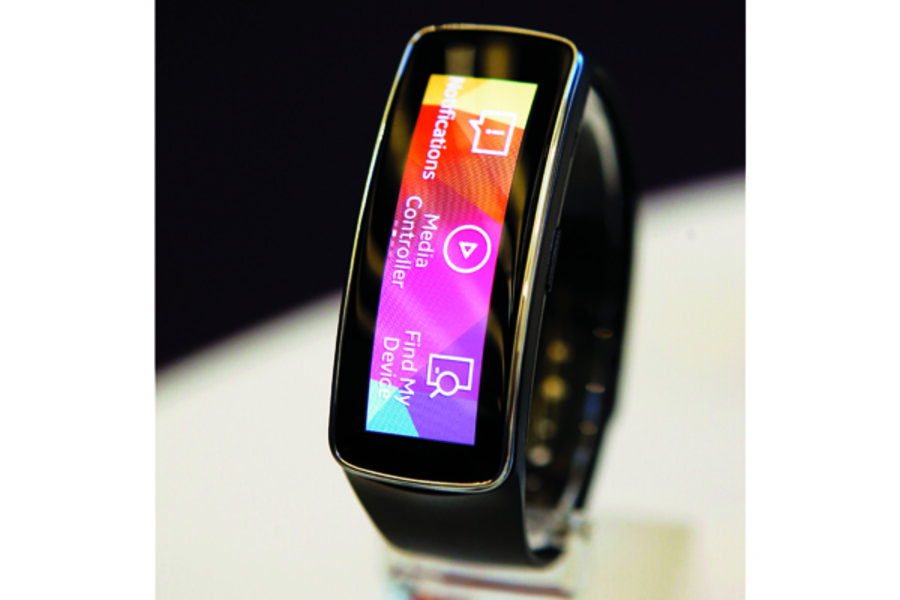Three fitness trackers for three different kinds of runners
Loading...
The United States is a nation of fitness trackers. Six out of 10 people track their exercise routines or diet on a regular basis, according to a recent study by the Pew Research Center. And increasingly, Americans are turning to electronic fitness bands to count their steps and otherwise help them stay on top of exercise goals. But with more than 25 trackers on the market, it's hard to narrow down which is right for you. Here's a look at three.
The no-fuss tracker: Fitbit Flex. This slender bracelet counts your steps throughout the day. But unlike many of its flashier rivals, the Flex keeps things simple. There is no screen or unnecessary bulk. When you tap the band, five subtle lights indicate how close you are to your daily goal (10,000 steps by default).
The $100 bracelet wirelessly syncs to computers and smart phones, allowing you to track your progress over time. You can also type in what you ate that day to keep a calorie count. However, in our tests, the Flex occasionally refused to sync, forcing us to walk away and try again later. On the upside, the Flex's battery will last for a full week on a single charge.
The gear-head tracker: Basis B1 Band. This watchlike device is often overlooked among the better advertised Fitbit Flex and Jawbone UP24. But the B1 should not be ignored. Its svelte, steel design disguises a very accurate heart-rate monitor – for those who set their exertion levels that way – and sleep tracker. The $179 B1 comes with coaching software that encourages you through the use of challenges and gradually ratchets up the difficulty as you meet each goal. All this information feeds into Basis's surprisingly comprehensive computer program, which data geeks will love. It looks for patterns in your day and suggests ways to break through bad habits.
The forward-looking tracking: Samsung Gear Fit. Samsung has designed what is perhaps the most forward-looking of these fitness bands. The Gear Fit looks a bit heftier than the competition; it's more like a bangle than a bracelet. But the larger footprint leaves room for a lovely full-color screen.
In many ways, this activity tracker feels more like an extension of your smart phone. If you also own a Samsung phone, the Gear Fit can display incoming text messages, e-mails, and phone calls. Packing in this extra connectivity – along with a heart-rate monitor and custom digital watch faces – takes a big hit on battery life. Samsung says the $199 device needs to recharge every three to four days.
For more on how technology intersects daily life, follow Chris on Twitter @venturenaut.





